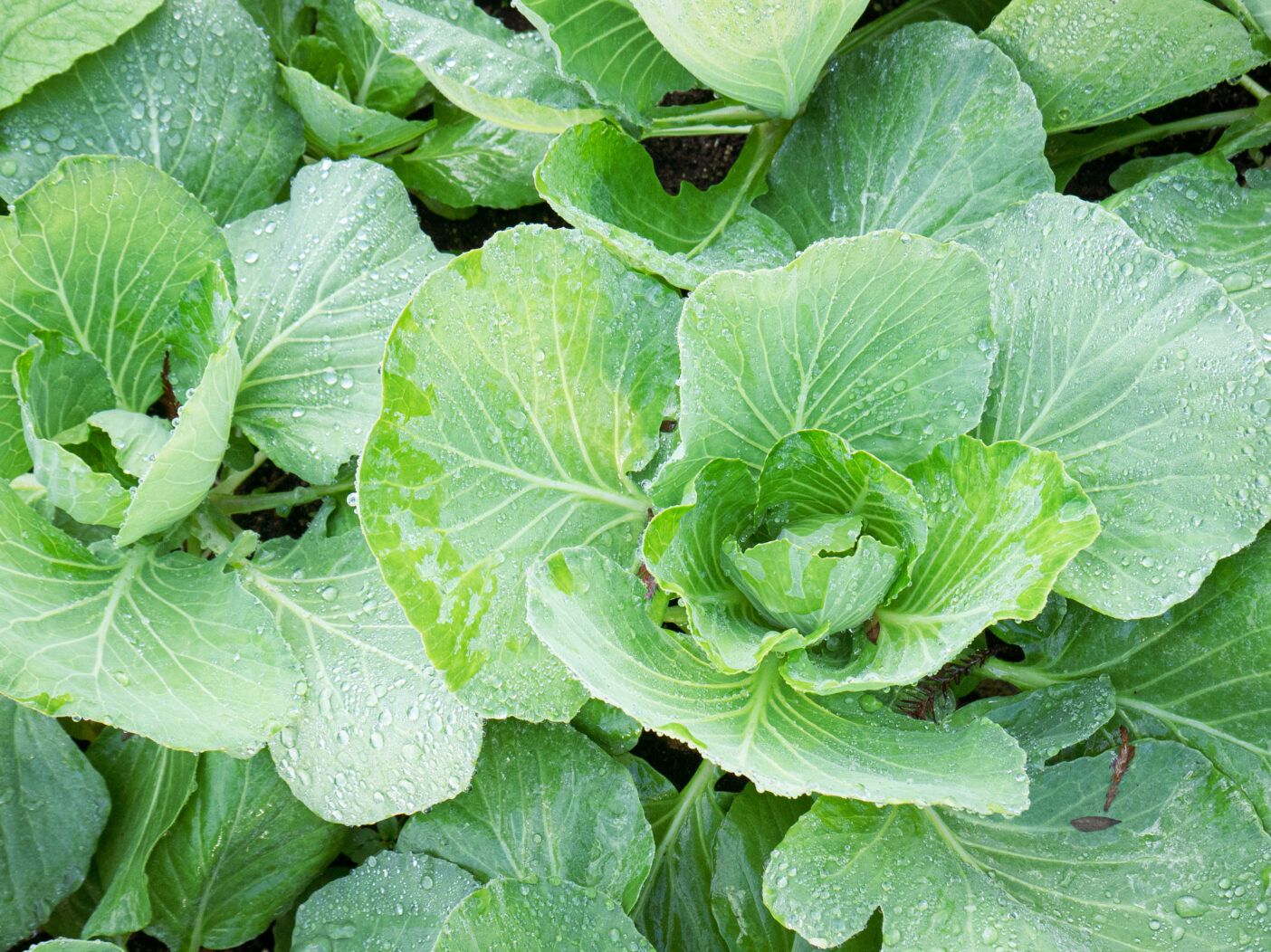
While much of the country is shivering, Floridians are getting ready for growing season and the bountiful winter harvest to come. Florida, in fact, supplies much of the nation’s wintertime produce with tomatoes as one of our biggest exports.
Here, Lilli Ganstrom, a Garden Educator and Vice President of Florida Gulf Coast University’s Food Forest club, lays the groundwork for a successful winter harvest and offers inventive ways to mix species and design your garden space.
In keeping with this year’s theme, Mexico: A Celebration of Plants & Culture, we look to our southern neighbor for gardening inspiration. In Aztec and Mayan civilizations, it was common practice to plant crops in groups where each species could benefit the others. Corn, beans, and squash were commonly grown together in a guild or grouping known as the “Three Sisters.” Farmers today still utilize this system. Grouping plants together in this method mimics successful symbiotic relationships in nature.
The corn acts as a trellis for vining legumes. The beans replace the nitrogen that the corn saps from the soil. Squash acts as a groundcover, protecting the crops from weeds.
Consider Companion Planting
You can use a similar strategy in your garden, by clustering plants and strategically placing various species among each other.
“Avoid rows,” Ganstrom advises. “Rows of the same plant make them more susceptible to insect damage, reduce water efficiency, and deplete your soil of nutrients. Imagine you’re standing in the middle of a field, and there’s a storm coming. You’re going to want a house, you’re going to want people around you. Establishing two or more plant species together results in a higher yield and improves the overall health of your garden.”
This concept of companion planting means opting for plants that benefit each other, Ganstrom explains.
“Lavender acts as a natural antifungal, and lemongrass acts as a natural insect repellent. So if you’re planting a veggie garden, don’t just plant veggies. Look up companion plants for carrots. Look up companion plants for peas. If you want to plant lettuce and carrots and mint, they can all work together. Get creative with your plantings.”

Container Gardens vs. In-Ground Food Forests
Southwest Florida soil tends toward the alkaline side of the pH scale. While some veggies, such as cabbage and spinach, fare well in that soil type, others such as tomatoes and sweet potatoes favor more acidic conditions. Using containers will allow you to match the right soils with the right plants. The University of Florida Institute of Food and Agricultural Sciences provides some great resources on soil pH in Florida, plus maintaining it.
In-ground gardens give you more creativity. For in-ground, make sure that it’s suitable for what you want to grow. Tear out grass, groundcover, or rocks. You can make a little food forest. Maybe you want to put your vegetables in a spiral shape, or maybe you want to create a square. In a food forest, you wouldn’t just have your crops. They are a piece of a puzzle. You would have a canopy plant and nitrogen fixers surrounding your crops to increase the success of their growth within the system. The food forest benefits the crops. It can be more of a micro-environment as compared to a container garden.
This article originally appeared in the Fall 2022 issue of Cultivate, the Garden’s magazine.
This article supports this year’s theme, Mexico: A Celebration of Plants & Culture, which highlights one of the most biodiverse places on Earth and celebrates cultural connections to the natural world.

 About the Author
About the Author
Lilli Ganstrom is an Educator I at Naples Botanical Garden and is the current Vice President of Florida Gulf Coast University’s Food Forest club. Her greatest passion is educating people about plants!

